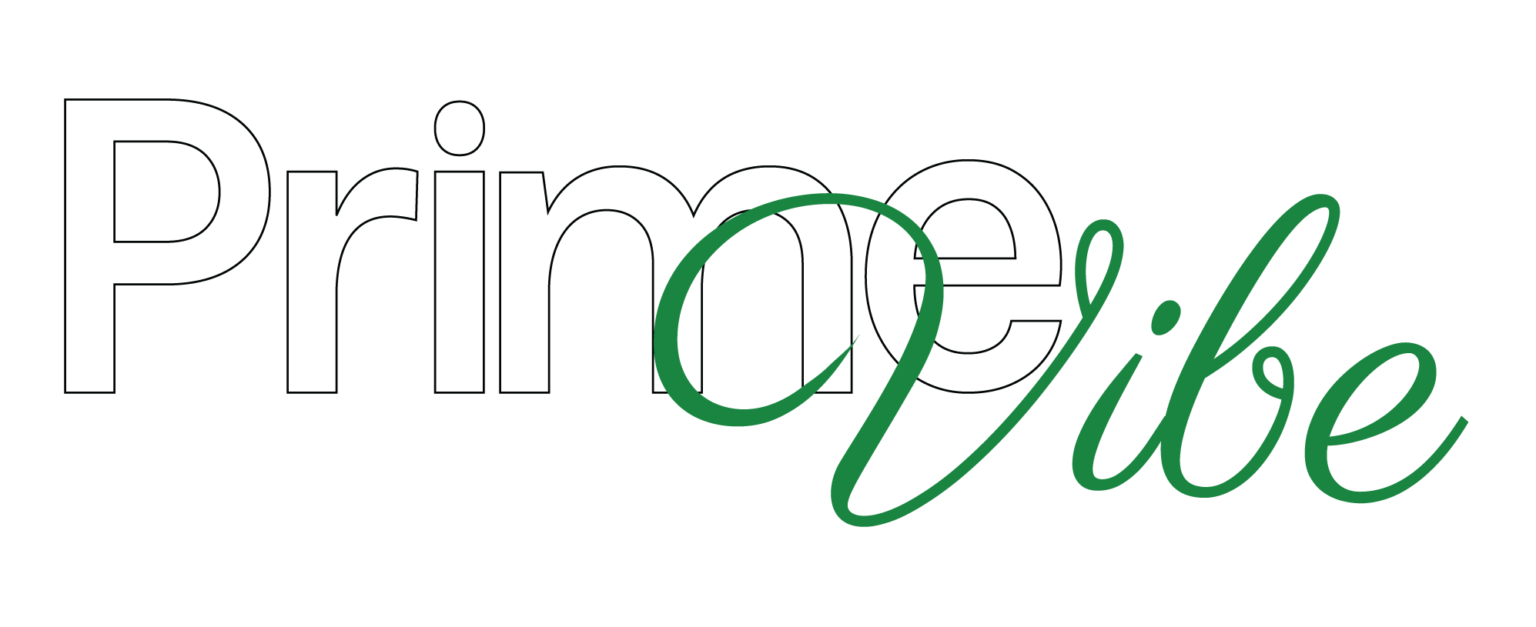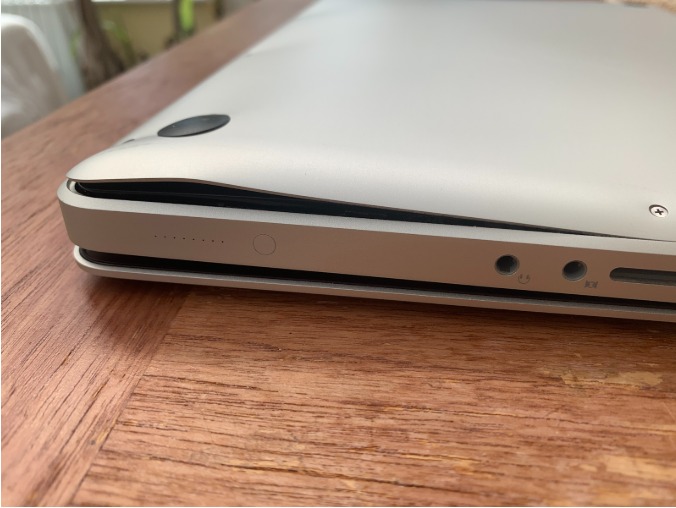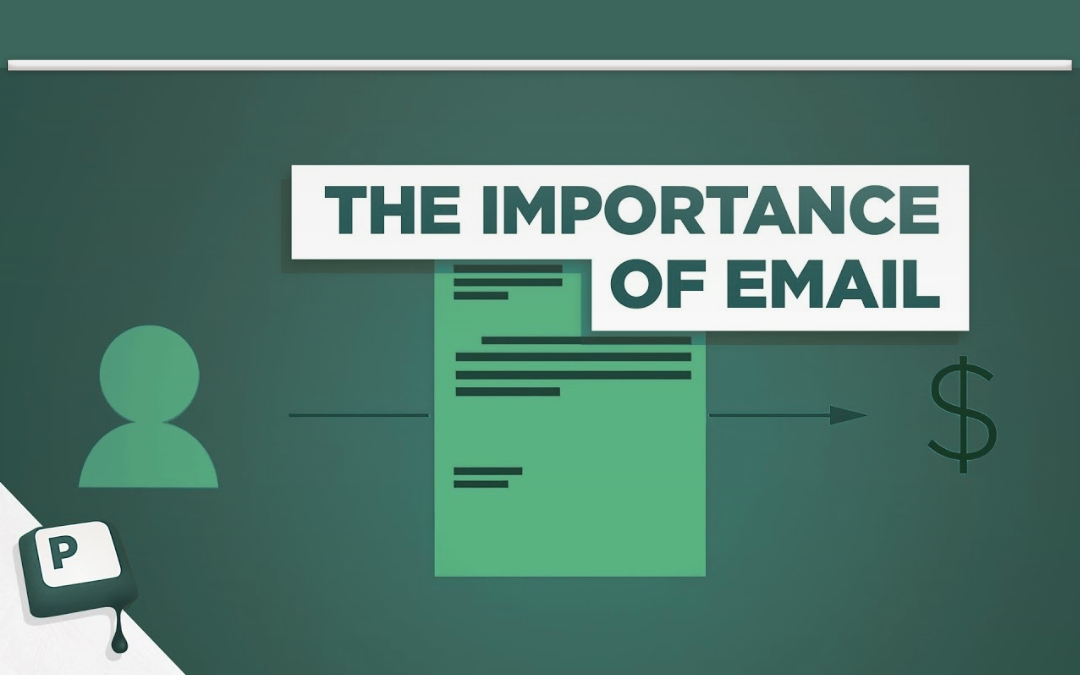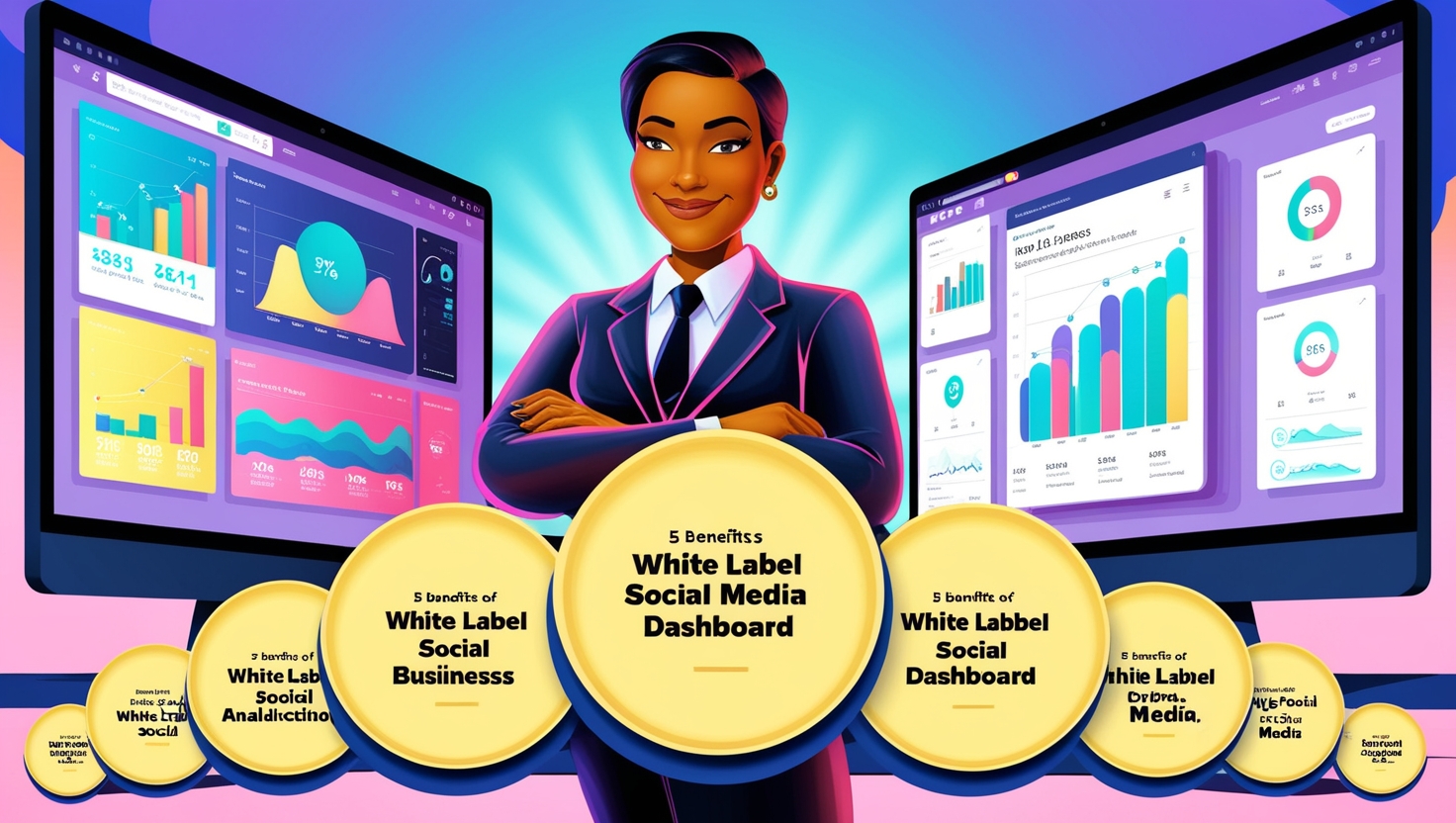Payment gateways enable users to make secure online transactions, and they are vital for businesses that do online trading. Payment gateways help businesses accept payments from their customers easily and securely. Be it shopping online or subscribing to a service, payment gateways ensure that users’ money is transferred accurately.
If you want to build your payment gateway and are not sure how to begin, this guide by ItioInnovex aims to help you fully understand the underlying system, implement security measures, and ensure that all financial regulations have been met.
Step 1: Definition of Payment Gateway
Before navigating towards the more technical aspects, payment gateways can simply be defined as a system that automates payment processing by securely distributing payment information between the customer, merchant, and the bank. To explain further, it involves:
- Merchant Account – A unique form of a bank account that enables businesses to deposit funds and receive payments.
- Payment Processor – The application in charge of handling the transactions behind the scenes.
- Security Protocols – A combination of encryption, fraud detection, and other measures that ensure transaction security.
- APIs & SDKs – These are the tools that allow developers to embed the payment gateway into e-commerce websites and mobile applications.
Step 2: Define Your Payment Gateway’s Purpose & Compliance Issues
Estimate what your payment gateway will do before you start coding. Ask yourself:
- What types of cards can a user use, and which wallets can they choose from?
- Will it handle local or international transactions?
- What security measures will you put in place?
Compliance Matters!
Handling sensitive financial data requires strict adherence to security and legal frameworks, including:
- PCI DSS – A standard for secure credit card transactions.
- PSD2 – A European regulation that enhances security.
- GDPR – Protects user data and privacy rights.
- KYC & AML – Prevents illegal transactions and fraud.
Failing to comply with these regulations can lead to severe fines or getting your payment gateway banned. ItioInnovex ensures that all necessary compliance standards are met for a seamless and secure payment gateway.
Step 3: Choose The Right Technology Stack
Selecting the right technologies ensures your payment gateway is fast, secure, and scalable. Here’s what you’ll need:
- Programming Languages: Python, Java, Node.js, Ruby.
- Frameworks: Django, Spring Boot, Express.js.
- Database: PostgreSQL, MySQL, MongoDB.
- Security: OpenSSL for encryption, JWT for authentication.
- API Standards: RESTful or GraphQL for easy integration.
Step 4: Identify the Primary Components
A payment gateway is a system with several key components. Here’s what you need to build:
1. API for Payment Processing
Your payment API should allow businesses to integrate their platforms seamlessly. It should support:
- Payment operations (authorization, refunds, void transactions).
- Tokenization (so card data isn’t stored directly).
- Fraud detection to flag suspicious transactions.
2. Security & User Authentication
A payment gateway must be secure. Implement:
- Multi-Factor Authentication (MFA): Extra security for logins.
- Tokenization: Replaces sensitive data with a secure random identifier.
- SSL/TLS Encryption: Protects data transfers between users and servers.
- AI Fraud Detection: Detects unusual transaction patterns.
3. Merchant Dashboard
Your clients need an easy way to manage transactions. Build a dashboard where they can:
- Track sales and payments.
- Handle refunds and disputes.
- Set up payment methods and analytics.
4. Integration with Payment Processors & Banks
Your gateway should communicate with banks and card networks (Visa, Mastercard, Amex). You can also integrate third-party processors like Stripe, PayPal, or Square as backup options.
Step 5: Fraud Detection & Risk Management
Cybercriminals constantly target online payments, so fraud prevention is essential. Implement:
- AI-Powered Fraud Detection: Uses machine learning to flag suspicious transactions.
- Geolocation Tracking: Blocks transactions from high-risk locations.
- Velocity Checks: Detects multiple transactions from the same card in a short period.
- Chargeback Prevention: Helps businesses avoid disputes and lost revenue.
Step 6: Rigorous Testing Before Deployment
You can’t launch a payment gateway without thorough testing. Check for:
- Unit Testing: Ensures individual features work correctly.
- Integration Testing: Confirms different parts work together seamlessly.
- Load Testing: Simulates heavy traffic to assess system stability.
- Security Audits: Identifies and fixes vulnerabilities before hackers exploit them.
Step 7: Deploy & Monitor Your Payment Gateway
Once testing is complete, deploy your system on a secure cloud platform like AWS, Google Cloud, or Azure. Post-launch, focus on:
- Monitoring Tools: Use services like LogRocket or New Relic to track performance.
- Incident Response Plan: Prepare for outages or cyberattacks.
- Regular Updates: Keep security and compliance policies up to date to counter evolving threats.
Final Thoughts
Building a payment gateway from scratch isn’t easy, but it offers significant benefits for businesses. By prioritizing security, compliance, and fraud prevention, you can create a reliable and efficient payment solution.
If you’re ready to develop a secure and scalable payment gateway, ItioInnovex has the expertise to guide you through the process. Let’s build a seamless and future-proof payment infrastructure together!
Also Read This: Neobanks vs. Traditional Banks: Who’s Winning the Battle in 2025?





vj9tcu